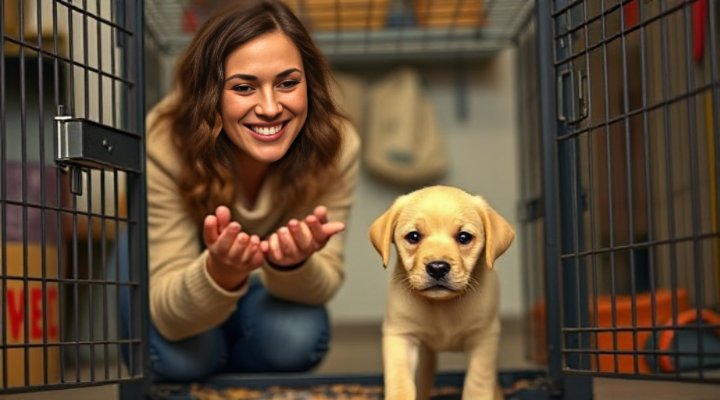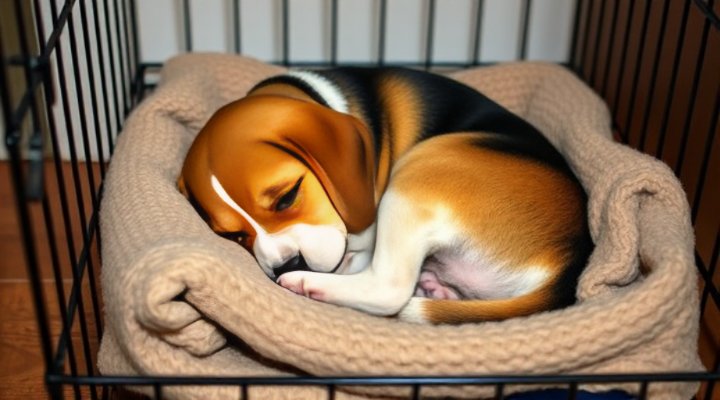Crate training is one of the most effective ways to help your puppy feel safe and develop good habits. In other words, it’s not just about confinement; it’s about creating a cozy den where your puppy can relax. Above all, the best way to crate train a puppy involves patience, consistency, and positive reinforcement.

Why Crate Training is Essential for Puppies
Firstly, crate training provides a safe space for your puppy. For example, it helps with housebreaking and prevents destructive behavior when you’re not around. Similarly, it mimics a den-like environment, which is naturally comforting for dogs. Most importantly, it’s a foundational step in puppy training that sets the stage for future obedience.

Choosing the Right Crate
Secondly, selecting the right crate is crucial. To clarify, the crate should be large enough for your puppy to stand, turn around, and lie down comfortably. However, it shouldn’t be so big that they can use one end as a bathroom. Consequently, a wire or plastic crate with good ventilation is often the best choice. Meanwhile, you can find more tips on choosing the right crate in our detailed guide.
Step-by-Step Guide to Crate Training
Further, let’s break down the process into manageable steps:
- Introduce the crate gradually: Place it in a common area and let your puppy explore it at their own pace.
- Use treats and praise: Encourage your puppy to enter the crate by tossing treats inside and praising them when they go in.
- Feed meals near the crate: This creates a positive association with the crate.
- Close the door briefly: Start with short periods and gradually increase the time.
- Practice leaving the room: This helps your puppy get used to being alone in the crate.

Common Mistakes to Avoid
On the other hand, there are a few pitfalls to avoid. For instance, never use the crate as punishment, as this will create negative associations. Likewise, don’t leave your puppy in the crate for too long, as this can lead to anxiety. In addition, make sure the crate is always a positive and comfortable space.
Expert Tips for Success
Moreover, here are some pro tips to make crate training smoother:
- Use a soft blanket or bed to make the crate cozy.
- Leave a chew toy or puzzle feeder to keep your puppy occupied.
- Stick to a consistent schedule for crate time.
- Consider using a clicker to mark positive behavior.

Final Thoughts
In conclusion, the best way to crate train a puppy is to take it slow and stay positive. Remember, every puppy is different, so be patient and adjust the process as needed. For more advanced training tips, check out our guide on dog behavior courses.
Related Keywords: crate training, puppy training, dog crate, how to crate train a puppy, puppy crate training tips
